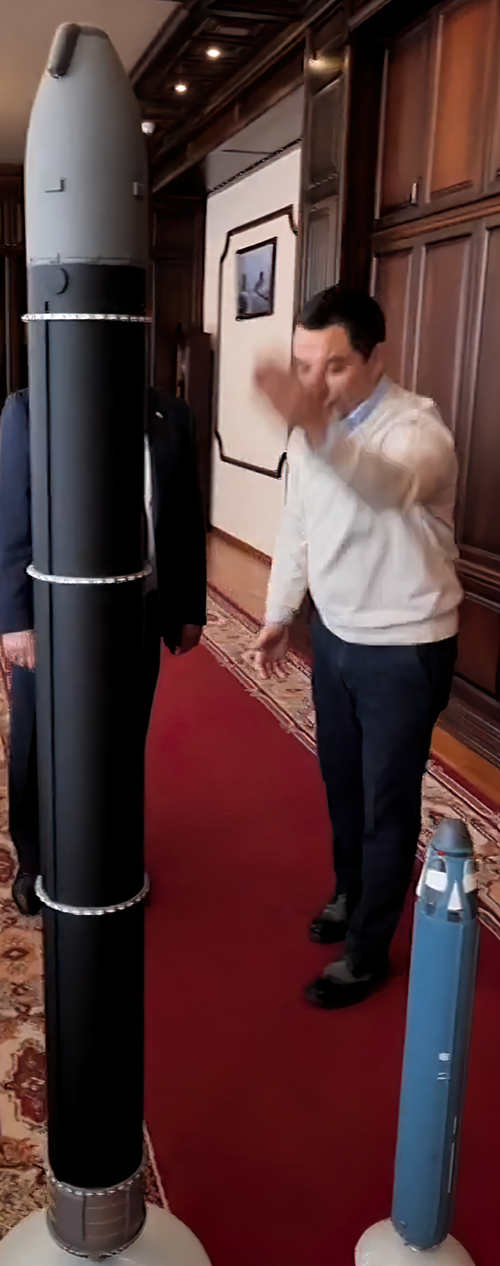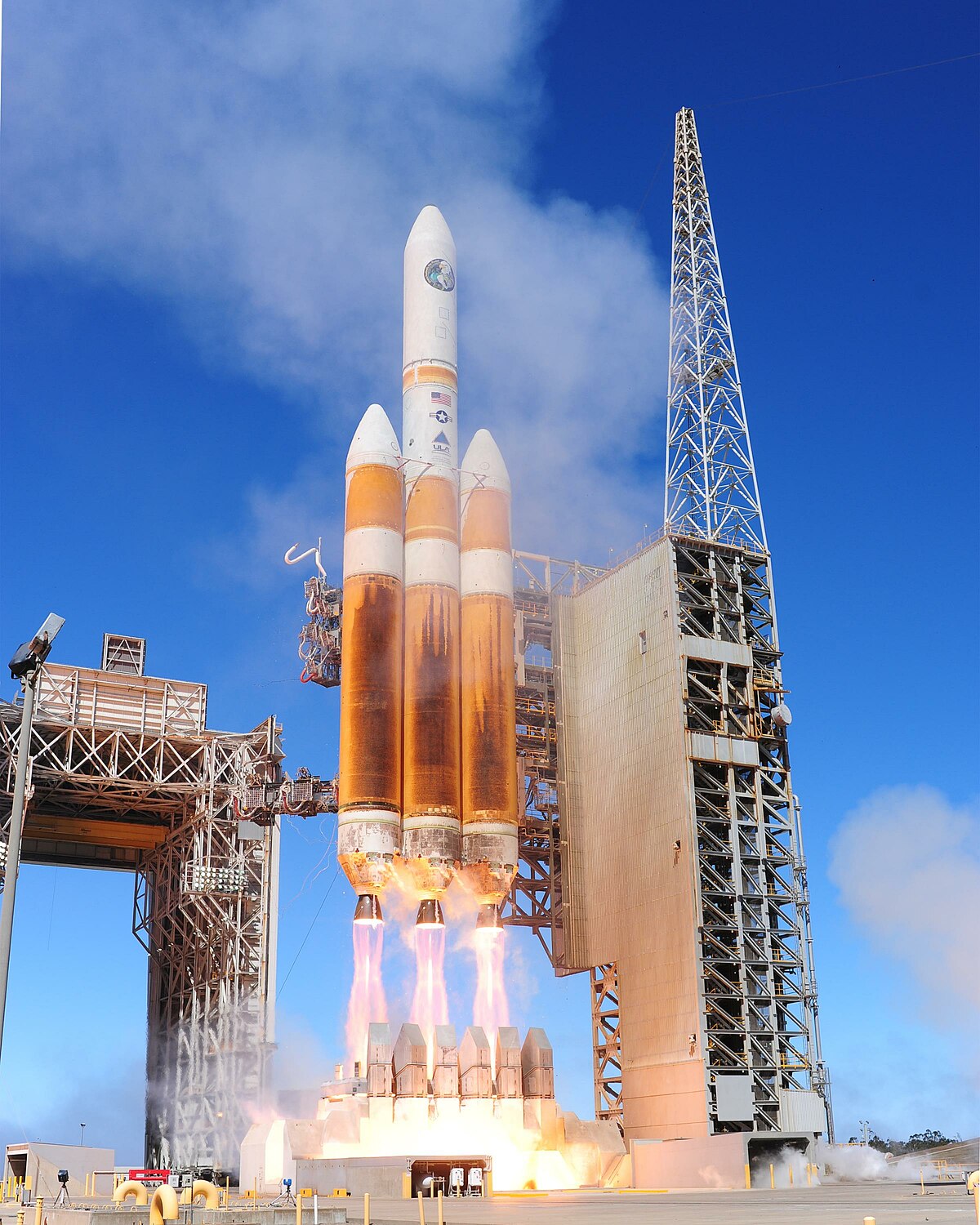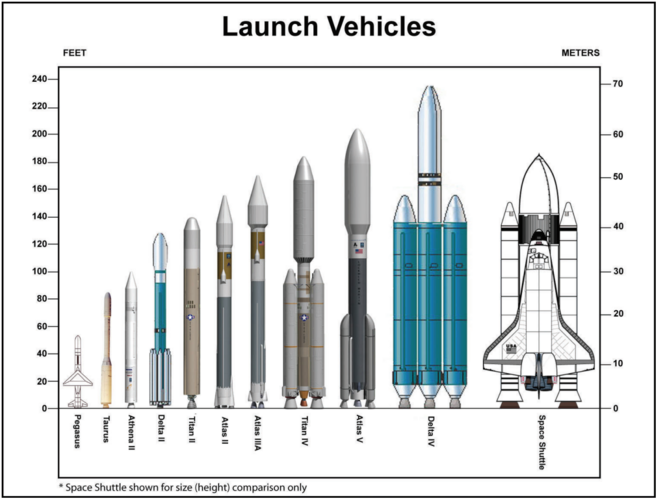- Joined
- 21 January 2015
- Messages
- 11,536
- Reaction score
- 14,786
Russia is reportedly planning to deploy a unit armed with its new intercontinental ballistic missile, known as Satan 2, later this year.
The unit will be based in Uzhur, around 1,800 miles east of Moscow, according to the state-run Tass news agency, which cited the head of Russia’s Roscosmos space agency, Dmitry Rogozin.
It will be operational no later than autumn 2022, Tass reported.

Russia preparing to deploy military unit armed with new Satan 2 nuclear missiles
The missile is the latest addition to Russia's nuclear arsenal



